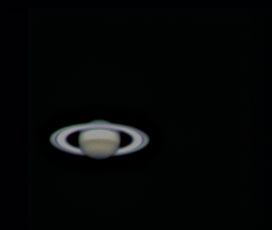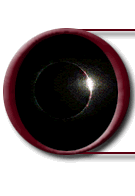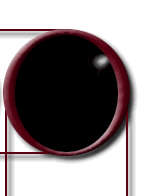|
"Saturn"
11/11/99 Kitt Peak, Arizona
(Image by Adam Block, Willis Greiner and Cheryl
Price. Copyright NOAO, all rights reserved.)

This CCD image was obtained using a 16" Meade Schmidt-Cassegrain
telescope operating at f/10. The camera used was a SBIG ST-8;
sky chart software was Software Bisque's The Sky, acquisition
and image manipulation software was Cyanogen's Maxim DL. Ten
exposures were taken through each of three filters; blue,
green and red. The best image from each filter "run" was chosen;
the three separate color images were combined to form a raw
combined color image. Dark and flat-field exposures were taken
and applied to the raw images. An unsharp-mask computer routine
was then applied to the combined data, resulting in the final
color image shown here.
Saturn
has always held a great fascination for observers. Originally
thought to be the only planet with rings (we now know that
Jupiter, Uranus and Neptune also have dim but distinct ring
systems) Saturn is an awesome sight with even the most modest
of telescopes. I believe that everyone remembers their first
view of the great ringed planet. Saturn also possesses the
largest moon in the Solar System (Titan); it is one of only
a handful of planetary satellites that has its own stable
atmosphere. It is on these moons of either Saturn or Jupiter
that astronomers now feel we may encounter recognizable life.
|






















